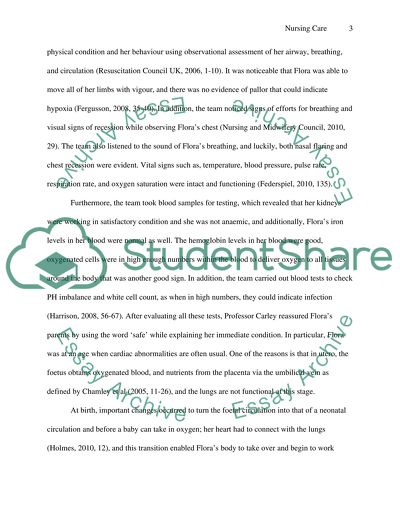Cite this document
(“Care given to a 15 day old baby with breathing difficulties Essay”, n.d.)
Retrieved from https://studentshare.org/nursing/1429010-care-given-to-a
Retrieved from https://studentshare.org/nursing/1429010-care-given-to-a
(Care Given to a 15 Day Old Baby With Breathing Difficulties Essay)
https://studentshare.org/nursing/1429010-care-given-to-a.
https://studentshare.org/nursing/1429010-care-given-to-a.
“Care Given to a 15 Day Old Baby With Breathing Difficulties Essay”, n.d. https://studentshare.org/nursing/1429010-care-given-to-a.


